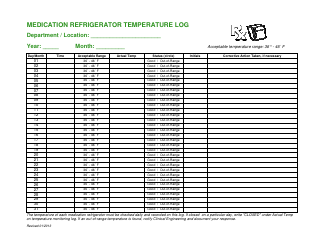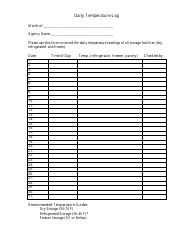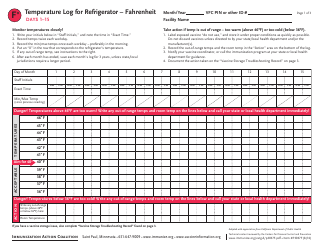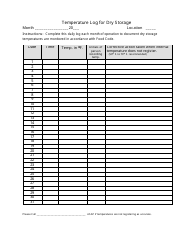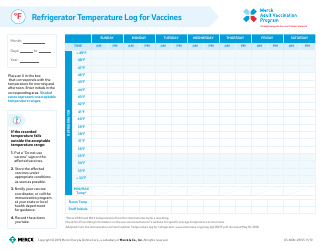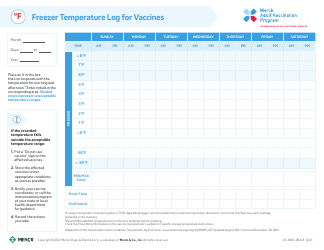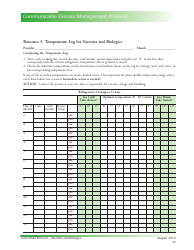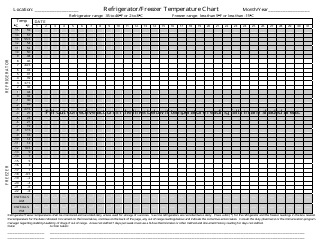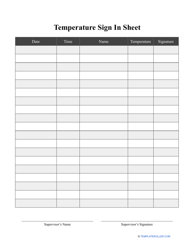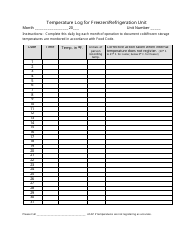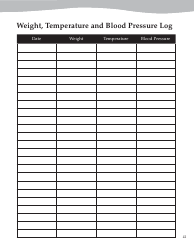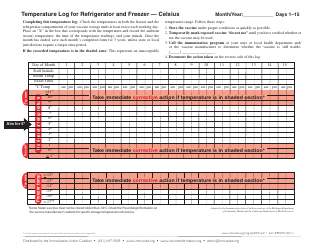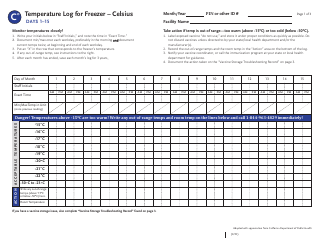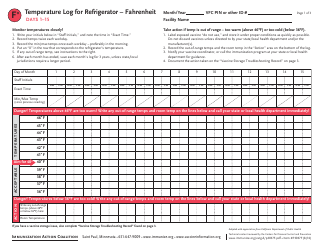Vaccine Storage Temperature Tracker Log
The Vaccine Storage Temperature Tracker Log is used to monitor and record the temperature at which vaccines are stored. It helps ensure that vaccines are maintained at the correct temperature to remain effective.
The healthcare provider or the person in charge of storing vaccines typically files the vaccine storage temperature tracker log.
FAQ
Q: What is a vaccine storage temperature tracker log?
A: A vaccine storage temperature tracker log is a record-keeping document used to track and monitor the temperature at which vaccines are stored.
Q: Why is it important to track the storage temperature of vaccines?
A: It is important to track the storage temperature of vaccines because improper storage temperatures can affect the effectiveness and safety of vaccines.
Q: What happens if vaccines are not stored at the correct temperature?
A: If vaccines are not stored at the correct temperature, their potency can be reduced, leading to decreased effectiveness and potential loss of vaccine potency.
Q: How is a vaccine storage temperature tracker log used?
A: A vaccine storage temperature tracker log is used to record and monitor the temperature of the storage unit where vaccines are kept. Temperatures should be checked and recorded regularly to ensure they remain within the recommended range.
Q: Who is responsible for maintaining the vaccine storage temperature tracker log?
A: Typically, healthcare professionals or vaccine administrators are responsible for maintaining the vaccine storage temperature tracker log.
Q: Are there specific temperature requirements for vaccine storage?
A: Yes, vaccines have specific temperature requirements for storage, and these requirements can vary depending on the type of vaccine. The CDC provides guidelines for vaccine storage temperatures.
Q: What should be done if the vaccine storage temperature falls outside the recommended range?
A: If the vaccine storage temperature falls outside the recommended range, it is important to take corrective action, such as adjusting the temperature settings or relocating the vaccines to a different storage unit.
Q: How long should vaccine storage temperature logs be kept?
A: Vaccine storage temperature logs should be kept for a minimum of 3 years, as they may be required for auditing and regulatory purposes.
Q: What are some best practices for vaccine storage?
A: Some best practices for vaccine storage include regularly checking and recording temperature, avoiding temperature fluctuations, using temperature monitoring devices, and following the manufacturer's instructions for each vaccine.
Q: Can vaccines be used if the storage temperature was not continuously monitored?
A: If the storage temperature of vaccines was not continuously monitored, it is recommended to consult with a vaccine expert or contact the vaccine manufacturer for guidance on whether the vaccines can still be used.

